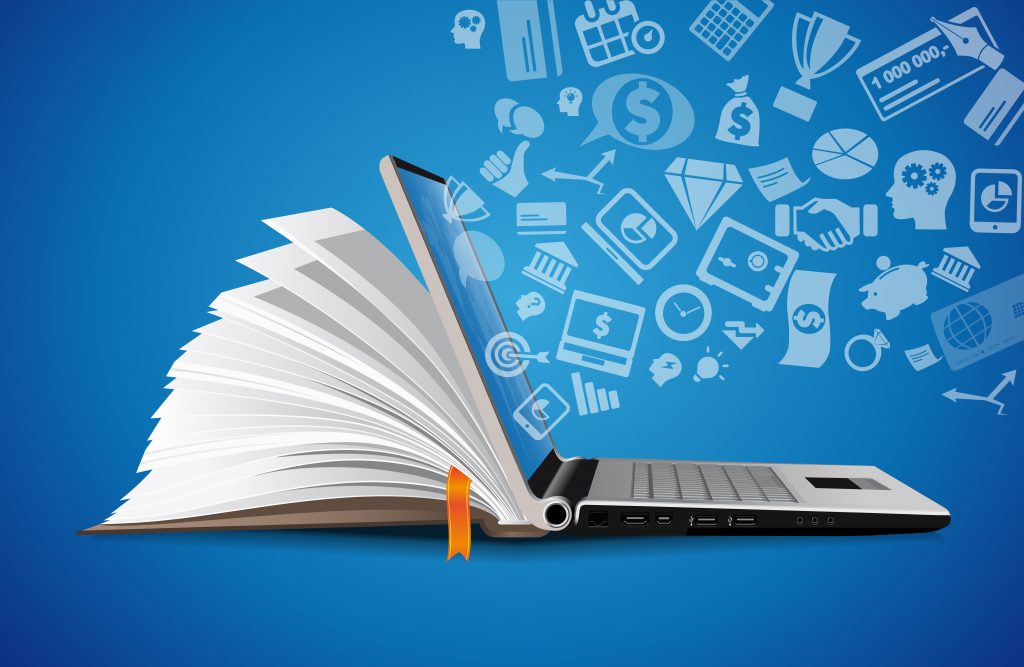In 2020, the global e-learning market was worth 250 billion U.S. dollars and was expected to reach $370 billion by 2026.
This is because online learning has developed tremendously since its invention. It enables personalized learning, empowers teachers to adopt a creative teaching approach, promotes flexible learning, among other benefits.
However, e-learning isn’t a recent trend; it has evolved over the years to revolutionize learning. This article discusses online learning evolution and how it has transformed the educational sector.
Let’s begin.
The progression of E-learning over the years
Before e-learning, distance education was the only alternative to traditional learning. However, after the internet emerged, many schools expanded their scope and embraced distance learning. Let’s take a look at how e-learning has improved over the years.
1. The 1990s
The origin of e-learning can be traced to the 1990s. Distance learning was taught through correspondence on specific subjects and skills such as shorthand.
However, in 1924, the first testing machine was made, enabling learners to test themselves. Then, in 1954, BF Skinner, a Harvard professor, invented the teaching machine, allowing schools to give instructions to learners.
Afterwards, in 1960, the first computer-based training program was launched. It was called the PLATO-Programed Logic for Automated teaching operations.
PDF files were also introduced during this period, popularizing online learning. This stage also involved the emergence of online educational courses, content repurposing to digital forms, among other activities.
2. 2000-2005
This period witnessed high technological advancements, upgraded technologies and software categorization. For example, people could use PowerPoint tools and Learning Management System (LMS).
Additionally, there was enhanced access to wireless educational and educational graphics, and social media networks during this era.
3. 2016 – 2010
There was rapid development during this period. E-learning tools were gradually becoming a norm. Also, the technological advancement of processes facilitated learning. For instance, augmented reality, podcasting, mobile learning, and e-books enhanced learning processes.
4. 2011 onwards
Online learning software is continually improved to simplify learning procedures. Furthermore, many of these tools have become more intuitive, and e-learning popularity has increased among learners, tutors, and organizations.
These developments have helped students succeed better academically. Also, professionals now employ these online learning tools to boost careers or develop their skill set.
Additionally, technological advancements such as cloud, tablet computing, and learning analytics have played a massive role in improving e-learning.
How has the evolution of e-learning impacted education?
E-learning growth has made different impacts on the aspects of learning. Let’s examine some of them below:

1. Impact on teaching
In the past, teaching took place in traditional classrooms only. However, the e-learning evolution has made remote learning achievable. Also, teachers can improve their education with advanced learning tools and resources, including personalization features, learning analytics, and more. As a result, tutors can teach conveniently from any location, and students can learn from the comfort of their homes. The devices, features, and resources associated with e-learning improve results as students are equipped with tools that facilitate the learning process.
2. Impact on students
Before e-learning, students had to use physical resources like notebooks and pens to learn. However, due to the evolution of e-learning, students can access materials online. Students now have an unlimited supply of resources to learn virtually, from PDF files to video tutorials, infographics, and more.
Also, rather than complete assignments manually and with additional support to grasp concepts and instructions efficiently, e-learning makes it possible for students to learn independently. They can refer to online resources for clarification when they are unsure of a question, allowing students to learn on their terms.
3. Impact on technology
The first online learning systems were invented to deliver information to students. However, e-learning became more interactive when schools began to take advantage of the technological advancements of online learning.
The online learning education system was primarily focused on distance learning where course resources were delivered via post and correspondence through the mail.
However, now, rather than communicating by email for foreign learners, e-learning has evolved through advanced technology. Software such as remote access tools, and remote monitor systems have enabled students to teach and learn effectively online.
Additionally, other software like video conferencing, interactive whiteboards, assignment delivery systems, and others have made e-learning engaging for students. Therefore, through these technologies, users enjoy an in-person teaching experience while training online.
Conclusion
E-learning has developed to make learning more accessible and effective for learners. These changes have also impacted teachers, students, and technology.
At Explico, we use cutting-edge teaching and learning solutions to personalize students’ experiences, analyze their weaknesses and strengths to meet their unique needs. Learn more about Explico by visiting our online portal.



Very informative